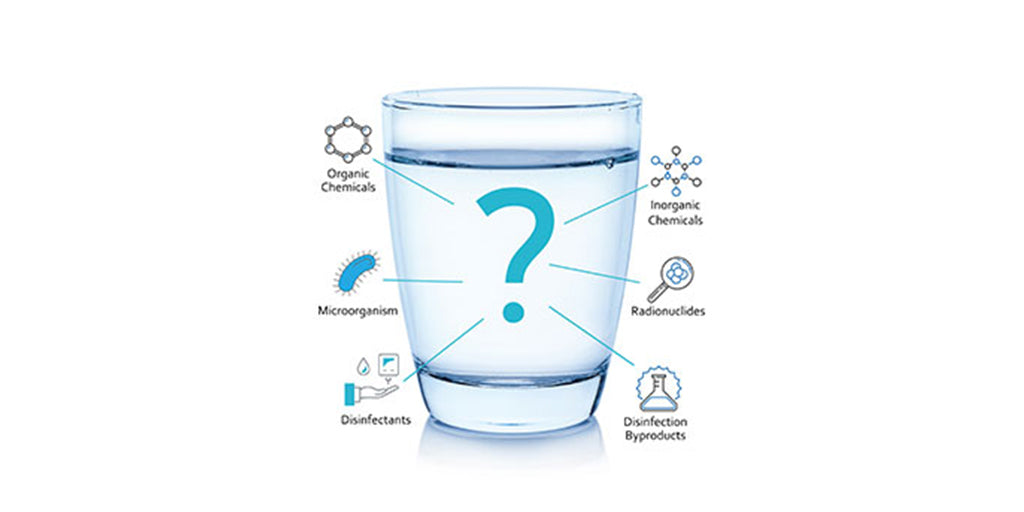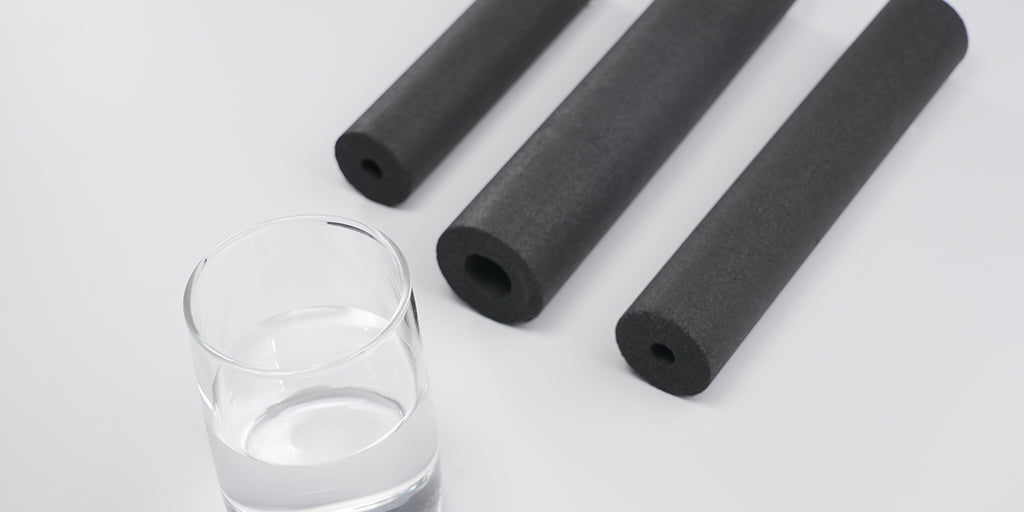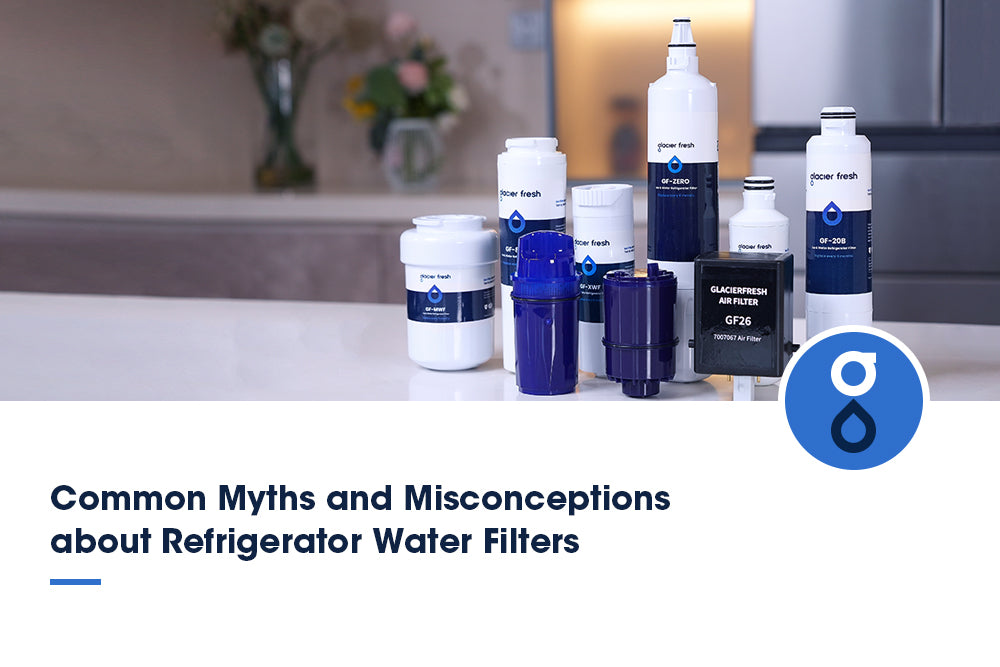Table of Contents:
The importance of well water testing
Different well water testing methods
Common contaminants found in well water
Potential health risks from contaminated well water
Factors to consider when choosing a filtration system
Top recommended filtration systems for well water
FAQs
Conclusion
Are you concerned about the safety of your well water? It's important to test and filter your well water to ensure its purity. In this article, we will guide you through the different testing methods, common contaminants, and potential health risks associated with contaminated well water. We will also help you choose the right filtration system for your needs. Don't compromise your health, and take the necessary steps to ensure the safety of your well water.
The importance of well water testing

Testing your well water allows you to identify any potential contaminants or pollutants that may be present. This is especially important because well water isn't regulated by the government, unlike public water supplies. Regular well water testing provides several benefits. It helps you monitor the quality of your water and ensures that it's safe for consumption. By identifying and addressing potential problems early on, you can prevent health issues and costly repairs in the future. Additionally, testing can help you determine if any water treatment systems or filters are necessary to improve the quality of your well water.
Different well water testing methods
How can you test the quality of your well water using different methods? There are several different testing methods available to assess the quality of your well water. The choice of testing method depends on the specific parameters you want to analyze and the level of accuracy required. Here are some commonly used testing methods and their recommended testing frequency:

Home testing kits are convenient and provide basic information about pH, hardness, chlorine, and bacterial contamination. However, for a more comprehensive analysis, laboratory testing is recommended. Testing for bacteria and nitrates should be performed annually to ensure the safety of your well water. Remember, regular testing is essential to monitor any changes in well water quality and take appropriate actions to maintain the health and safety of your water supply.
Common contaminants found in well water
Coliform bacteria in well water
Coliform bacteria are a type of bacteria that are commonly found in the environment, including in the intestines of humans and animals. While most types of coliform bacteria are harmless, the presence of these bacteria in well water can indicate the potential for other harmful pathogens to be present. Waterborne diseases, such as diarrhea, dysentery, and gastroenteritis, can result from coliform contamination in drinking water. Water quality standards have been established to ensure the safety of drinking water, and these standards typically specify limits for coliform bacteria. Regular testing and filtration of well water can prevent and address coliform contamination, ensuring that your water is safe for consumption.
Other microorganisms in well water

Several common microorganisms can contaminate well water. These microorganisms can risk your health as they can cause waterborne diseases. One such microorganism is harmful algae, which can produce toxins harmful to humans if ingested. These toxins can cause symptoms such as nausea, vomiting, and diarrhea.
To ensure the safety of your well water, it's important to implement effective disinfection methods. This can include using chlorine or ultraviolet (UV) light to kill or deactivate the microorganisms present in the water. Regular testing of your well water is also crucial to identify any potential contaminants and take appropriate actions to address them.
Toxic organic compounds in well water
To continue addressing the potential risks to your well water, it's important to be aware of the presence of toxic organic compounds, which are common contaminants found in well water. These compounds can enter your well water through various sources, such as industrial waste, agricultural runoff, or faulty septic systems.
Toxic organic compounds pose a severe threat to your health, as they've been linked to various adverse effects, including cancer, reproductive issues, and organ damage. It's crucial to regularly test your well water for the presence of these contaminants and ensure that the levels are within acceptable limits set by water quality standards. If your well water is found to be contaminated with toxic organic compounds, it's recommended to install appropriate filtration systems to remove these harmful substances and ensure the safety of your drinking water.
Potential health risks from contaminated well water

To understand the potential health risks associated with contaminated well water, it's important to be aware of the numerous harmful contaminants that can be present. Well water can become contaminated with various substances, including bacteria, viruses, parasites, heavy metals, and chemicals. These contaminants can have serious health effects if ingested or exposed for an extended period.
One of the primary concerns with contaminated well water is the risk of waterborne illnesses. Bacteria such as E. coli and Salmonella can cause gastrointestinal issues, including diarrhea, vomiting, and stomach cramps. Viruses like norovirus and hepatitis A can lead to severe illness and liver damage. Parasites such as Cryptosporidium and Giardia can cause gastrointestinal symptoms as well.
In addition to waterborne illnesses, exposure to specific contaminants in well water can have long-term health effects. Heavy metals like lead, arsenic, and mercury can accumulate in the body over time and cause neurological damage, developmental issues in children, and increased risk of certain cancers. Chemicals such as pesticides, solvents, and industrial pollutants can also pose health risks, including respiratory problems, skin irritation, and organ damage.
To mitigate these health risks, it's crucial to treat contaminated well water. Treatment options may include disinfection methods like chlorination or ultraviolet (UV) light, filtration systems to remove contaminants, and, in some cases, the installation of a new well in a safer location. Regular testing of well water is also essential to ensure its safety and identify any potential contaminants that may be present.
Factors to consider when choosing a filtration system
When choosing a filtration system for your well water, consider the specific factors that can impact the quality of your water supply. Here are some key points to keep in mind:
- Cost considerations: Evaluate the initial cost of the filtration system as well as any ongoing expenses, such as replacement filters or professional maintenance. Compare prices and weigh them against the potential benefits to ensure you make a cost-effective choice.
- Maintenance requirements: Different filtration systems have varying maintenance needs. Some may require regular filter changes or cleaning, while others may need professional servicing. Consider your capabilities and schedule when choosing a system that fits your lifestyle.
- Effectiveness comparisons: Look into the effectiveness of different filtration systems in removing specific contaminants that may be present in your well water. Compare their performance in eliminating bacteria, viruses, chemicals, and other potential pollutants to ensure you choose a system that meets your specific needs.
Top recommended filtration systems for well water

Consider the following top recommended filtration systems for well water to ensure the safety and quality of your drinking water. These options not only provide excellent filtration capabilities but are also cost-effective and require minimal maintenance.
1. Reverse osmosis system: This filtration option uses a semipermeable membrane to remove contaminants, bacteria, and viruses from your well water. It's considered one of the best filtration options for well water due to its high efficiency in removing many impurities. It requires periodic membrane replacement and regular system cleaning to maintain optimal performance.
2. Activated carbon filter: This filter uses carbon to adsorb and remove impurities such as chlorine, pesticides, and volatile organic compounds (VOCs) from your well water. It's an affordable and effective option for improving the taste and odor of your drinking water. Regular replacement of the carbon filter is necessary to ensure its efficiency.
3. Ultraviolet (UV) disinfection system: This system uses UV light to kill bacteria, viruses, and other microorganisms in your well water. It's a chemical-free and environmentally friendly option for disinfecting your drinking water. Regular cleaning and replacement of the UV lamp are required to maintain its effectiveness.
FAQs
Can I rely on visual or taste indicators to determine if my well water is safe?
No, you can't. It's important to test for contaminants regularly, as these indicators may not always be accurate.
How can I determine if my well water is contaminated with bacteria or other microorganisms?
To determine if your well water is contaminated with bacteria or other microorganisms, you should regularly test it using different methods. Comparing test results will help you determine contamination levels and emphasize the importance of regular testing.
Conclusion
In conclusion, it's crucial to prioritize the safety of well water by regularly testing for contaminants and considering a reliable filtration system. With various testing methods available, understanding common contaminants and potential health risks is essential. When selecting a filtration system, factors such as effectiveness and compatibility should be considered. By taking these steps, you can ensure the purity and safety of your well water for you and your family.
















